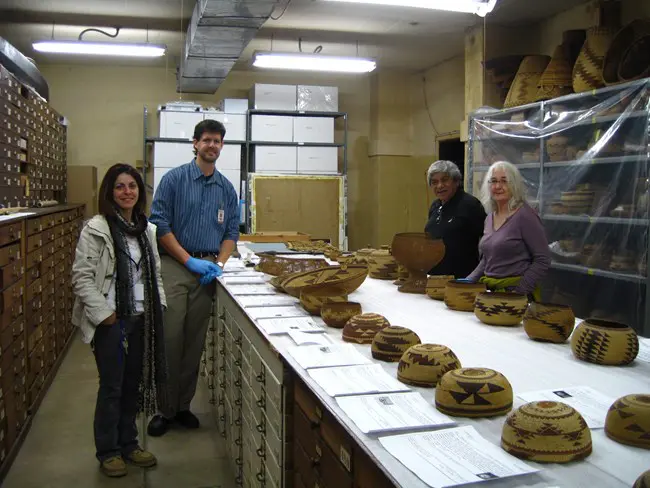The new rules regarding native artefacts require consent from native tribes before displaying their cultural objects in institutions.
The Museum covered up many displays that featured Native American cultural objects amidst the new rules that have been implemented.
The new rules come under the Native American Graves Protection and Repatriation Act which was established in 1990.

The updates to the NAGPRA were made by the U.S. Department of the Interior in December after it was introduced and discussed for 90 days at the start of 2023.
The period included opinions and remarks of various museums and 48 federally recognized Indian Tribes along with other groups.
The Act was established in 1990 by President George H.W. Bush, and governs the return of Native American or tribal possessions like human remains, sacred objects and objects of their cultural values, to their rightful owners.
The objects are identified and kept under museums and other federal agencies with the help of government funding.
It gives Native Americans, Indian Tribes and Native Hawaiian organizations to ask back the objects of their cultural significance from the federal agencies.
The law has helped many Native Americans gain possession of their ancestral objects while also signifying the role museums play in safekeeping these artefacts.

According to the new rules that were regulated from January 12, the museums now have to obtain consent from the Native Americans and tribes before displaying these objects.
The Field Museum in Chicago became the first to publicly acknowledge the new regulations by covering the displays in the Robert R. McCormick Halls of the Ancient Americas and the Alsdorf Hall of Northwest Coast and Arctic People.
According to the museum’s statement, the authorities have covered all the objects that they believed were subject to the new regulations.
The Field Museum is among the largest natural history museums in the world and has some of the biggest collections of Native objects in the USA, according to a 2023 national record.
The difficulty in choosing whether to remove the Native objects under the new rules or violate the rules by leaving the objects on display was faced by other museums as the penalty for not adhering to the rules was up to $7,475.
The Peabody Museum of Archeology and Ethnology at Harvard University has not given any statement or has yet acted upon the regulations, but the website has revealed that the objects will be closed on a rotating basis by February. The museum still has many Native American possessions.
The American Museum of Natural History, which possesses some human remains, had said in October to remove all human remains from the display.
The Smithsonian Institute, the body that regulates the National Museum of the American Indian said last year that they had returned more than 5000 remains of the tribal people.

The new rules were regulated as the latest effort by the federal government so that the museums recognize the tribes more than their objects.
Bryan Newland, assistant secretary for the Association on American Indian Affairs told the New York Times that the new rules were initiated as the Native people were neglected by the museums.
The new rules are an effort by the various tribal officials and activists who have insisted upon the return of Native objects to the people as they were deprived of valuable possessions by the archaeologists who had looted these objects from Graves, homes and worship sites in the 1800s.
It was the time when the Native Americans were pushed out of their homeland by the US and instead kept their objects as possessions of the museums.
However, some argue that the new regulations are a hindrance to the autonomy of museums and the way they manage their collections as Museums are a great source of preserving cultures of the past.
Notifications